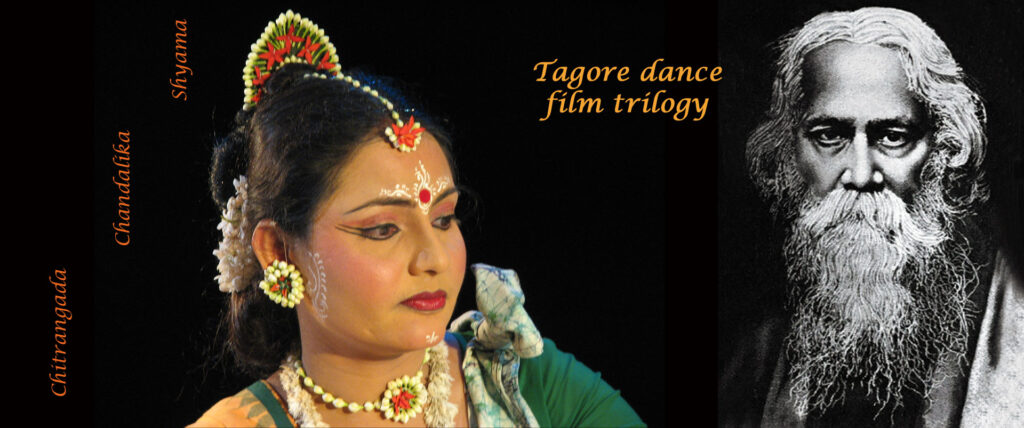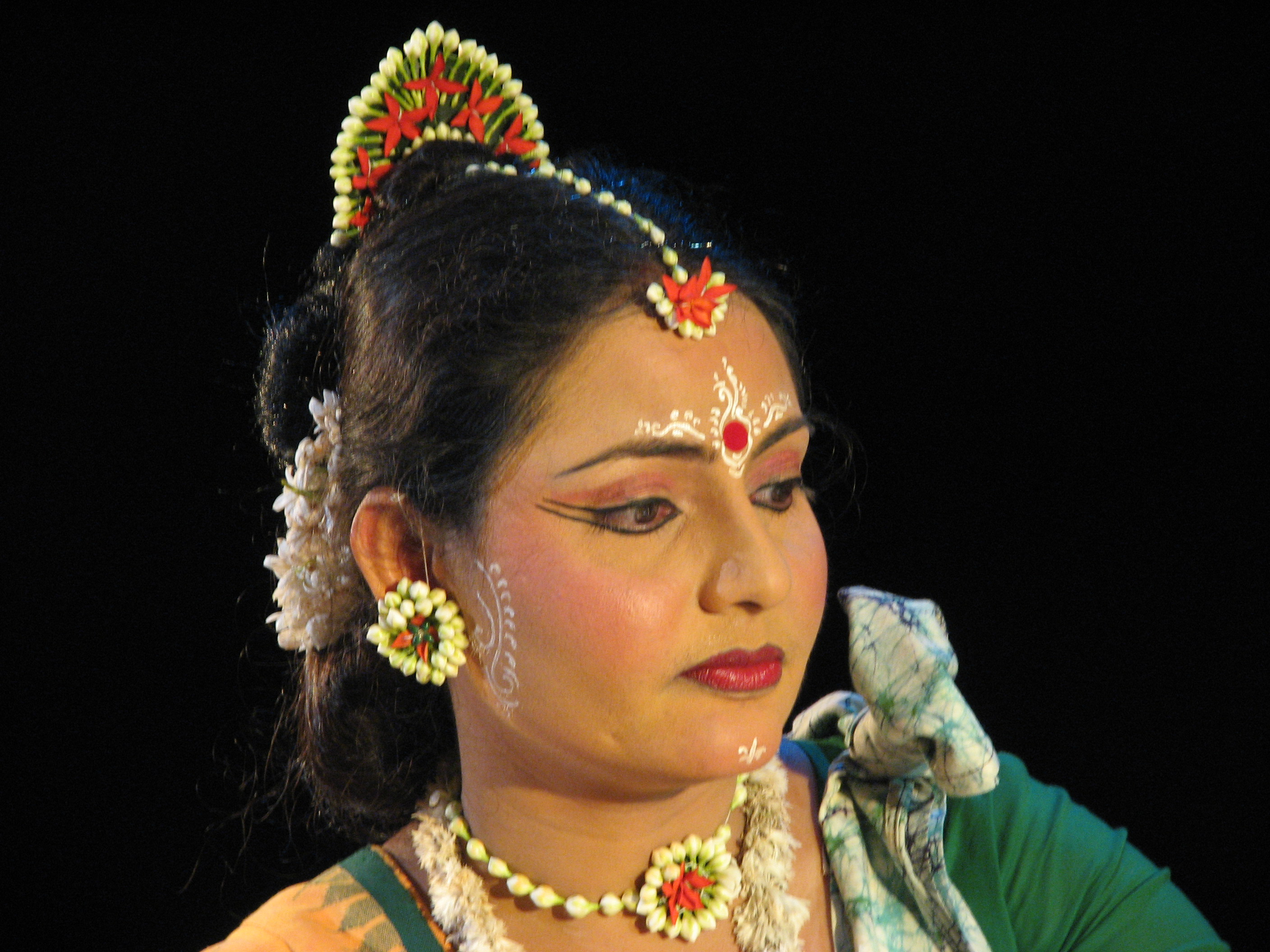
Authentic film versions of the three dance-dramas created by Nobel laureate Rabindranath Tagore, each with Kaberi in the title role.
Chitrangada (1936) was part of Rabindranath’s campaign to encourage women to have a more emancipated role in society.
Chandalika (1938) was part of Tagore’s campaign to draw attention to the plight of ‘untouchables’ under the caste system, which was subsequently made illegal in India’s constitution in 1950.
Shyama (1939) was Rabindranath’s last major work for the stage. Written in the context of a difficult period, with increasingly violent clashes between Hindus and Muslims in pre-independence India and in the build up to the Second World War, Rabindranath drew on a Buddhist legend to create a timeless, artistic critique of nationalism and tyranny.
All three works are classic examples of the original dance form created by Rabindranath, which is the subject of Kaberi’s book Tagore dance. Best described as a combination of ballet and opera, Rabindranath’s dance-dramas represent a unique art form worthy of the international recognition given to classic Western ballet or opera. The subtitles of the films include the first translations of these works into various languages.
